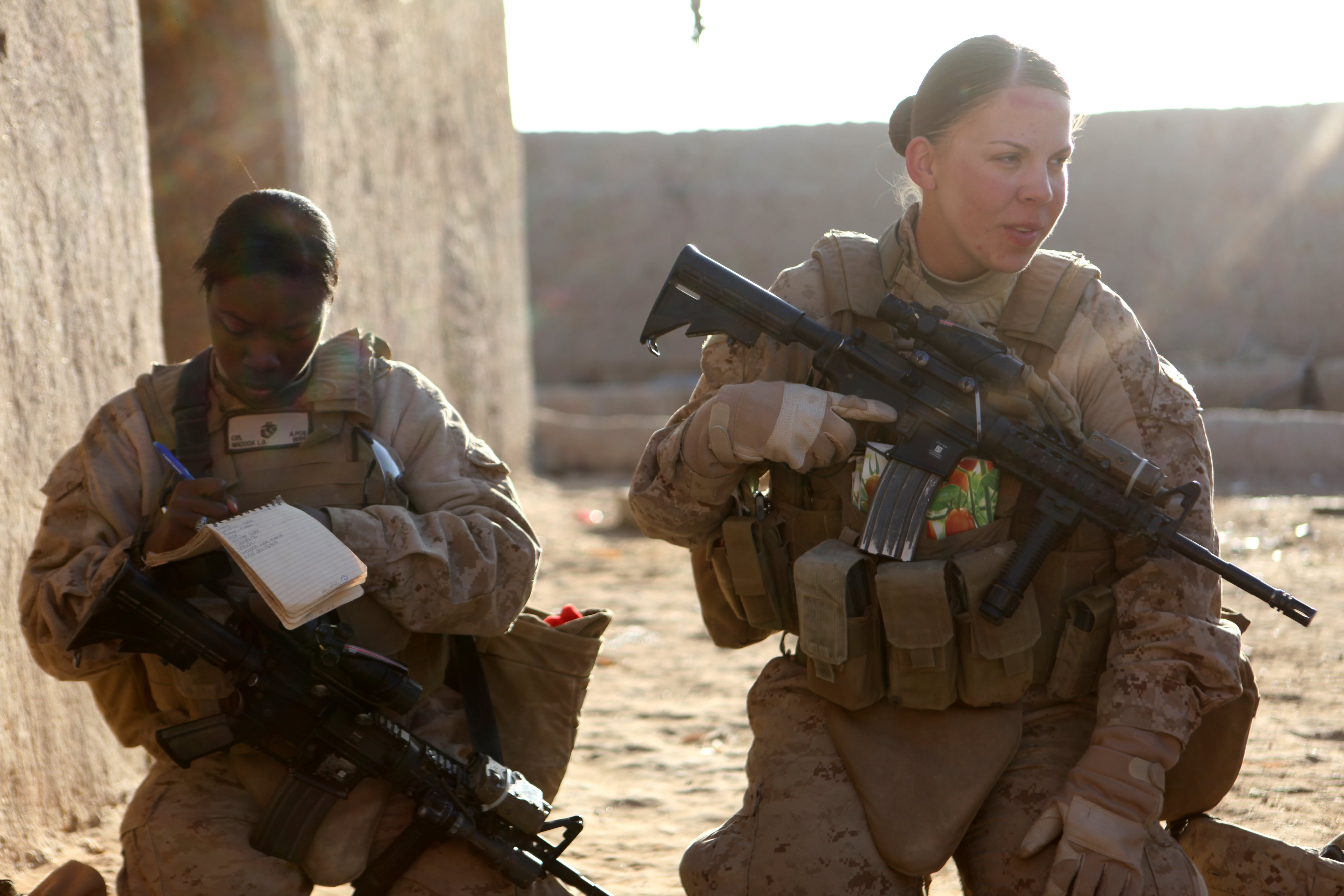The Navy and Marine Corps are calling for more thorough inspections of MH-53E Sea Dragons and CH-53E Super Stallions after a board determined that standards put in place after a tragic crash last year don't go far enough to decrease the hazards that have plagued the air frame for years.
The services held a review board at Naval Air Systems Command in Patuxent River, Maryland, on Feb. 6 to determine whether the updated standards were up to par, according to a Feb. 6 NAVAIR release.
Vice Adm. David Dunaway, NAVAIR's head, issued orders to bolster the safety of the H-53s:
- Placing temporary restrictions on cross transferring fuel in flight, aerial refueling and refueling the mine-detecting sled towed by Sea Dragons.
- Adding 10 more explicit instructions, with photos, to the corrective action (AFB 343) released after the crash.
- Assigning 10 teams of wiring and fuel line experts to begin working immediately on the 10 updates, as well as training squadron maintenance personnel.
The Navy's fleet of 29 Sea Dragons are based at Norfolk with Helicopter Mine Countermeasures Squadrons 14 and 15.
Dunaway's orders further update new standards that were put in place last year after a deadly crash in January prompted the Navy to inspect its entire H-53 fleet to determine the cause.
Investigators found that rubbing between the insulation of electrical wires and an aluminum fuel transfer sparked a fire that disoriented the crew and led to the deaths of three on Jan. 8 off the coast of Norfolk: Pilot Lt. Wesley Van Dorn, 29; Naval Aircrewman (Helicopter) 3rd Class Brian Collins, 25; and pilot Lt. Sean Snyder, 39.
It was the air frame's fourth Class A mishap in less than two years, though the first to be blamed on the chafing. Inspections found that all 29 of the Navy's remaining helos had the same defect.
Though both the Navy and Marine Corps' birds were meant to be inspected and repaired, a Jan. 28 PowerPoint presentation obtained by The Virginian-Pilot newspaper shows that the chafing risks had not been mitigated.
"There are indications that the intent of AFB 343, Cabin Fuel Tubes and Hoses, Inspection Of, CABIN FUEL TUBES AND HOSES, INSPECTION OF, was not met," wrote Marine Col. Hank Vanderborght, head of NAVAIR's heavy lift helicopters program.
"The risk of cabin fire was not mitigated, and the hazard of chafing on fluid carrying lines and wires was not eliminated," he wrote.
Vanderborght went on to say that after receiving anecdotalevidence that the helicopters hadn't been repaired, avionics inspectors made visits in January to Marine Corps Air Stations New River and Cherry Point in North Carolina.
Of 28 sampled, the presentation said, about 70 percent had flaws that should have been addressed by the corrective action.
Going forward
Though the Navy is addressing the chafing issue, it's one of many that have surfaced for the air frame, which is scheduled for another 10 years of service.
In the five years prior to the Jan. 8 crash, the Sea Dragon accounted for three of the Navy's 10 crashes that included loss of life or more than $2 million in damage.
In June 2012, an MH-53E assigned to HM-14, deployed to South Korea, overheated in flight, igniting a fire that crashed the helo.
In July and August of that year, two MH-53Es assigned to HM-15 suffered separate mishaps in the Middle East — a crash southwest of Muscat, Oman, in July that killed two crew members and a hard landing in August after an engine failure on takeoff in Bahrain. The unit's commanding officer and command master chief were fired the next month.
An investigation into the Oman incident found that poor planning and ignored safety procedures contributed to the crash.
"The safety of our aircrews and aircraft remains my number one priority, and I am confident that the steps described will yield the desired effects in our fleet," Dunaway said in the Feb. 6 release. "From my perspective, squadrons can start flying immediately as long as they follow these temporary restrictions."
The Navy had planned to phase out the MH-53E beginning in the mid-2000s, but kept the Sea Dragons flying because the service had no viable replacement.
Currently, the Navy plans to phase them out by 2025.
Meghann Myers is the Pentagon bureau chief at Military Times. She covers operations, policy, personnel, leadership and other issues affecting service members.




